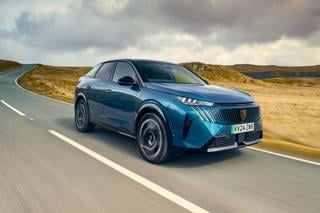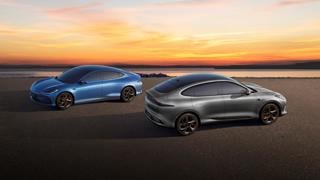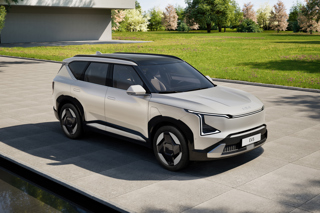Be cautious over cost saving
In many other cases, the best-performing model for CO2 and fuel consumption will work out marginally cheaper over a fleet lifecycle of four years/80,000 miles.
But with such small margins, it would pay to be cautious over a small theoretical cost advantage.
Choosing the most fuel efficient models is all very well, but the engine mapping has been optimised for the official test cycle.
It is possible that the potential savings of a greener model might not be achieved unless drivers are given adequate training in making the most of the car’s technology.
One of the sectors of the car market holding perhaps the greatest scope for gains is the SUV sector, particularly since hybrid technology has been deployed in vehicles that do not require a great degree of off-road ability.
For example, Lexus has been offering a hybrid version of the RX for many years and is only currently offered as a hybrid.
Crucial to compare models
With CO2 emissions of 145g/km, its running costs, BIK tax liability and employers’ National Insurance contributions would be substantially lower than those of diesel rivals, as the example below shows.
There are many opportunities to make your fleet greener when vehicles are due to be replaced.
Vehicle manufacturers continue to strive to reduce CO2 emissions during a vehicle’s life as well as when the models are updated.
In general terms, a greener choice will result in a saving in running costs, but it is crucial to make calculations for individual models and compare them with other vehicles to ensure the greener choice isn’t more expensive.
Example: Supermini


















Login to comment
Comments
No comments have been made yet.